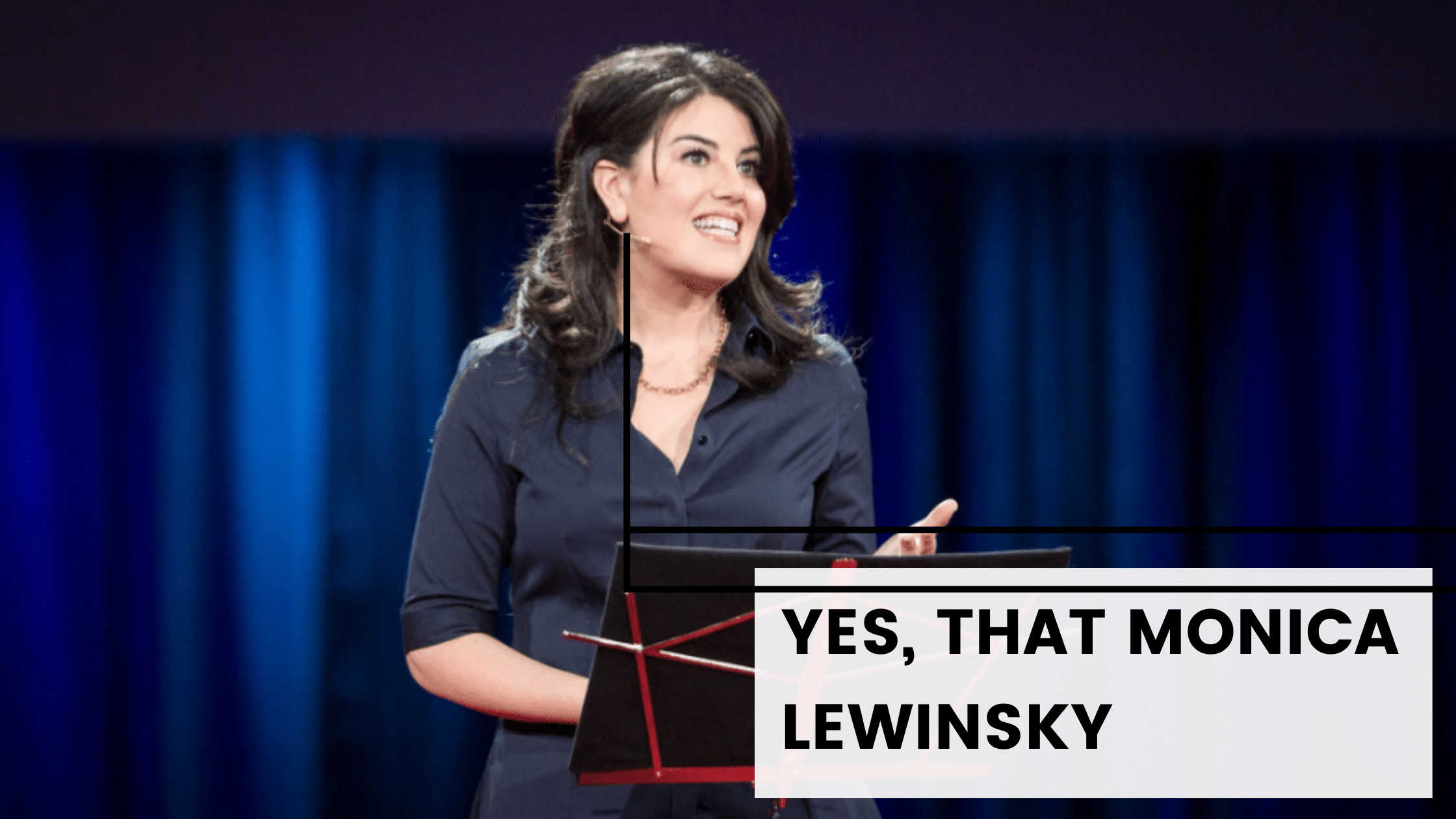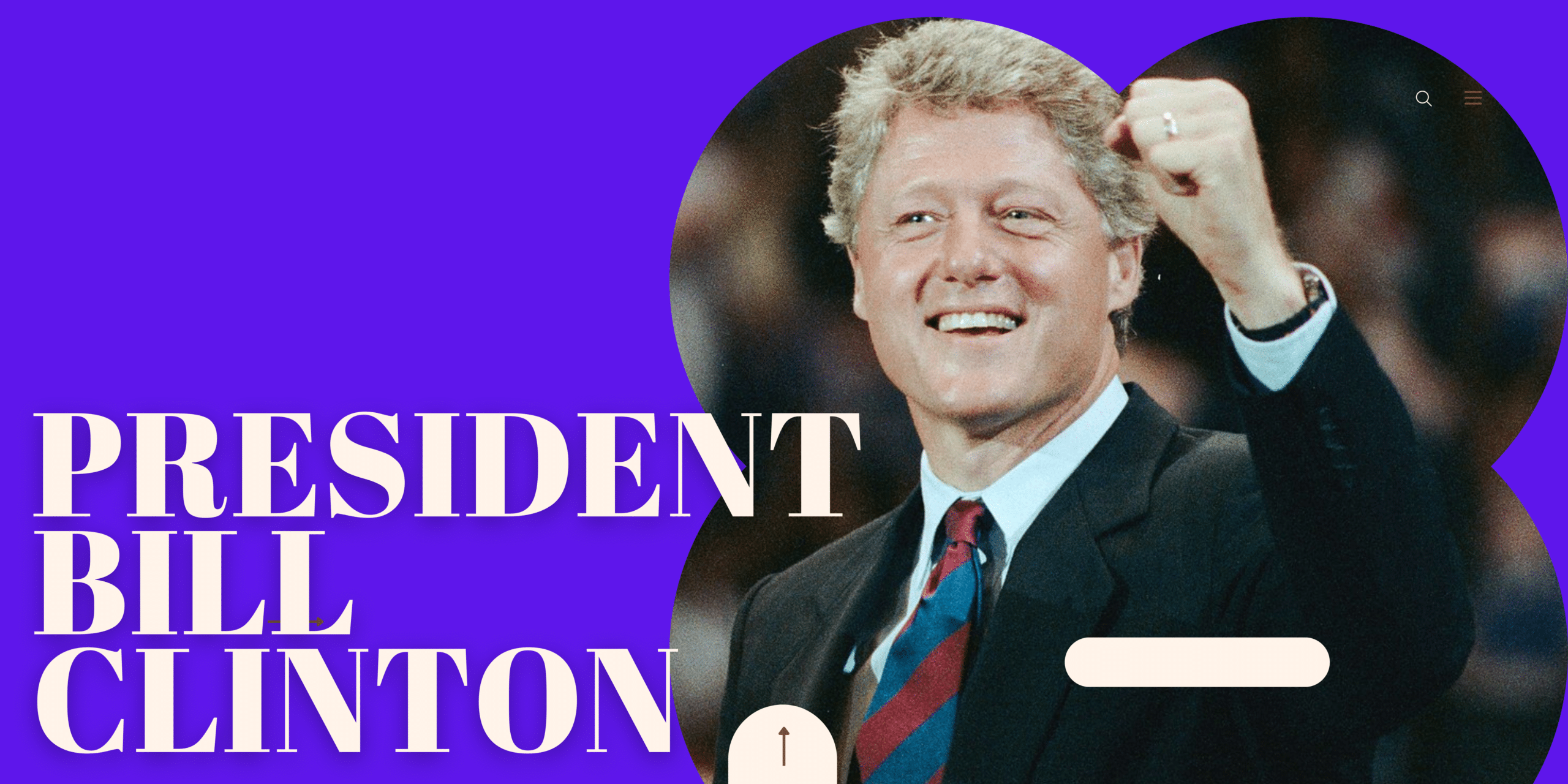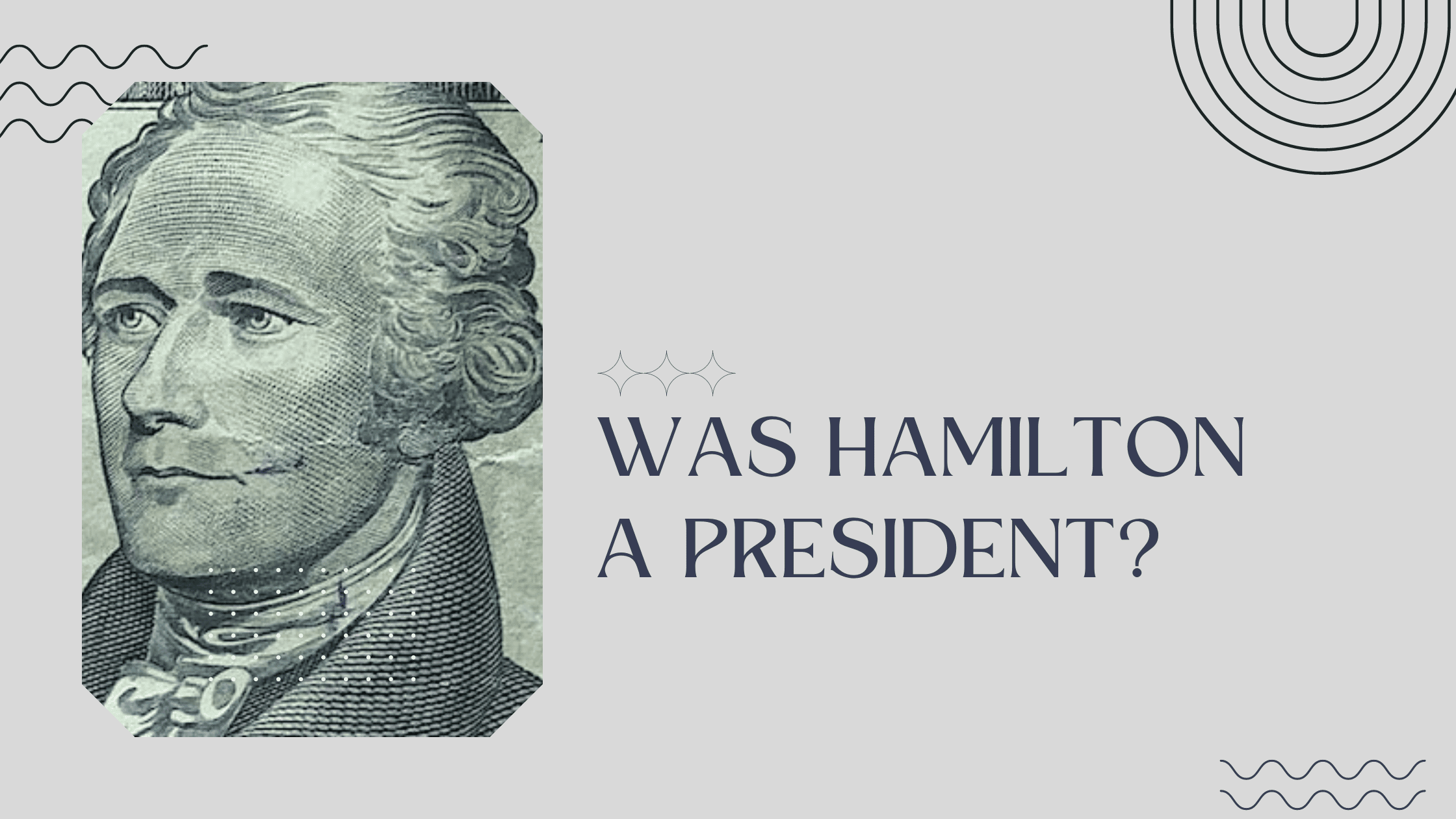Table of Contents
ToggleMonica Lewinsky’s name will forever be associated with her role in the political scandal that nearly brought down President Bill Clinton in 1998. At that time, Monica became the butt of many jokes and political cartoons.

Get Smarter on US News, History, and the Constitution
Join the thousands of fellow patriots who rely on our 5-minute newsletter to stay informed on the key events and trends that shaped our nation's past and continue to shape its present.
It has been hard to shake this image, even as she has moved on to other ventures throughout her lifetime. As of 2021, she has worked extensively as an activist, a writer, a television personality, and a fashion designer.
But, to understand how she became such a famous – and oft-derided – public figure, it’s necessary to look back at her early life, as well as the events that led up to the scandal that would become known by a bevy of different names, such as “zipper-gate” and “Monica-gate.”
Monica Lewinsky’s Early Life
As a child, Monica Lewinsky could not possibly have anticipated that by the time she was a young woman – barely more than a teen – people around the world would be associating her name with one of the most scandalous news stories of the late 20th century.
Born in San Francisco, Monica grew up in Los Angeles. She is the daughter of oncologist Bernard Lewinsky and Marcia Kay Villensky, an accomplished author who specialized (ironically) in writing gossip books.
Monica Lewinsky’s Education
Monica’s childhood was, by all accounts, a happy and affluent one. Monica’s education was during her high school years, living and attending Beverly Hills High School for three years. Monica then graduated from the even more prestigious Bel-Air Prep High School in 1991.
Not everything came easily for Monica. Her parents divorced during her early high school years, and it was not an amicable split. Both of her parents would marry other high-powered individuals in the intervening years.
After her graduation, Lewinsky worked part-time jobs, one at her alma mater, Beverly Hills High, and one at a tie shop. She continued her education by attending classes at a community college for a few years before transferring to Lewis and Clark College in Portland. Monica received a psychology Bachelor’s Degree.
Years later, she would remember these college years when she was having affairs with a few different, substantially older men, one of whom she claimed was married. She relayed one story of clandestine dates with a forty-year-old married gentleman when she was barely 18.
Monica Lewinsky’s White House Intern Years
Monica began exploring different routes to making connections and forging her way beyond college after graduating. At this time, a family friend helped her secure a plum summer internship at the White House. She would serve an unpaid internship under the direction of Leon Panetta, who was the White House Chief of Staff at the time.
In the summer of 1995, Monica moved to Washington, DC. She served out her internship and was eventually offered a paid position, where she would work in the White House Office of Legislative Affairs. She began this new position near the end of 1995, when she moved to Washington, DC. She was thrilled at her rapid advancement and confident that she would do well in this new job.
During Monica’s time in this new job in the Office of Legislative Affairs, she entered into a relationship that would become the center of a political storm, ultimately leading to the impeachment of a sitting president for perjury and thrusting her into the international spotlight.
Monica Transfers Jobs, Begins Affair
According to Monica Lewinsky’s later statements, the sexual affair between her and President Bill Clinton was initiated sometime in 1995 and continued through 1997.
Meanwhile, she left her job at the White House and moved to a position at the Pentagon. It would later be revealed that her superiors had chosen to move her over concerns that she was spending an inordinate amount of time around the President, who had already faced off against sexual misconduct allegations while serving as the governor of Arkansas.
While Monica was working as an assistant to Kenneth Bacon, the chief Pentagon spokesperson, Lewinsky began to share the stories of her exploits with the President with a few co-workers. Among them was Linda Tripp, who took it upon herself to set up a wiretap and secretly tape conversations with Monica to get more information about the illicit relationship.
When other allegations of misconduct were filed against Bill Clinton, Lewinsky was called upon to submit testimony in the form of an affidavit. For example, during the Paula Jones case, Monica firmly denied having sexual relations with Mr. Clinton.
However, Linda Tripp’s tapes told a very different story, and she was happy to hand them over to Kenneth Starr. He was serving as the independent counsel in another case against the president.
He added these allegations of Monica’s illicit relationship with Clinton to his already growing dossier of Whitewater Scandal charges. With the tapes in hand, Starr decided to pursue the question of Lewinsky and Clinton’s relationship more closely. He hoped to use the information about the affair to prove that both Lewinsky and Clinton had been dishonest under oath during the Paula Jones hearings. Each of them had denied having had any sexual relations. Kenneth Starr planned to use this testimony to prove the president’s perjury under oath.
The Scandal Breaks
Amid these charges, Bill Richardson – United Nations Ambassador – was asked to consider Ms. Lewinsky for a staff job with his organization. He interviewed and offered her a position, but she did not accept the offer, preferring to stay in her role at the Pentagon.
As Linda Tripp continued to get (and record) information about the illicit affair with Clinton straight from Monica Lewinsky, she began to push Monica to save physical mementos of the affair, if she should ever need to prove that she was not making it up. Some of these were simple things, such as small gifts. However, the most famous of these tokens was the infamous blue dress, a dress that Lewinsky had worn and that was allegedly stained with the president’s semen.
Perjury Charges and Impeachment
Both Bill Clinton and Monica Lewinsky were subsequently brought before a Grand Jury. While Monica Lewinsky was granted immunity in exchange for her testimony, Judge Susan Webber Wright held the president in contempt of court, fining him $90,000 and revoking his Arkansas law license for five years. Clinton would continue to deny the charges for years to come, citing a misunderstanding of the term “sexual relations” as it related to his behavior with Ms. Lewinsky.
In 1998, several members of Congress – both Democrat and Republican- suggested that President Clinton had committed the crimes of perjury and obstruction of Justice, either of which was grounds to initiate impeachment. Specifically, they cited their belief that the president had not only engaged in an inappropriate relationship with a subordinate and much younger employee but that he had also tried to sway the young woman’s testimony and entreat her to lie before a court of law.
The House of Representatives, therefore, initiated charges of impeachment against him. Impeachment would require a majority vote of 2/3 following a Senate trial. President Clinton endured this 21-day trial, after which he was acquitted. While a vote to impeach would have required at least 67 votes to remove him from office, he received only 50. Thus, Clinton narrowly escaped becoming the first president to be impeached and stripped of his title.
The president remained in office for the rest of his term and withstood various attempts by the House of Representatives to censure him or limit his powers.
The Aftermath of the Bill Clinton-Monica Lewinsky Scandal
The Bill Clinton and Monica Lewinsky scandal had long-lasting effects on the two individuals most closely involved, those close to them, and the broader world. While Bill Clinton remained in office, he could never entirely regain his image and had lost a lot of credibility with both the American people and lawmakers.
The 2000 presidential election was heavily influenced by the scandal that had rocked the United States for several years. Clinton’s vice-president Al Gore, who would run as president on his own ticket, had significant concerns that the endless hearings and the scandal had dampened the enthusiasm of the Democrats’ base voters, which could potentially reduce voter turnout.
There was also some question about whether the presidential hopeful should be campaigning with the current president at all, which made for some very tense campaign strategy meetings. A news reporter from ABC even coined a term for the party’s declining enthusiasm: “Clinton fatigue.” In addition, many would later question whether the scandal significantly affected Al Gore’s chances at the election.
In the immediate aftermath of the scandal, Monica found herself the subject of jokes and ridicule for the next several years. She expressed her frustration at being a national punchline and struggled to adjust to her new life in the public eye. In addition, she was somewhat limited in her ability to talk about the entire affair, as she had agreed to certain conditions in exchange for her immunity from prosecution.
However, she collaborated with an author to write the book “Monica’s Story,” which allowed her to share her side of the story with the public. She also appeared on numerous talk and news shows (such as 20/20) and in magazines, including Ms. and Time.
In the years after the scandal, Monica created her own handbag company and made her way in the fashion world. Unfortunately, she felt she could not escape the negative reputation that followed her across the United States.
She elected to move overseas, attending college in London, where she studied social psychology and received a Master’s Degree. She spent the next several years living as far out of the public limelight as she could, spending time in various cities worldwide, including London, Los Angeles, and New York.
Monica Lewinsky’s Current Activities
After nearly a decade of living out of the public eye, Monica Lewinsky began to re-emerge as a figure who would become an advocate for women’s rights and a staunch opponent of cyberbullying.
Her essay, “Shame and Survival,” was published in Vanity Fair in May 2014 and served as a point of re-entry into society at large. In the article, she talked about the scandal. While she has long maintained that her affair with President Clinton was entirely consensual, she also acknowledges that she feels he did take advantage of her since she was a young woman in a subordinate position and under the spell of one of the most powerful men in the entire world.
She has continued to contribute to Vanity Fair’s website from time to time as a regular contributor. Her first interview in a decade was by National Geographic Channel, as part of a TV special about the 1990s.
Monica Lewinsky now speaks out and works as an advocate for women’s rights and the fight against cyberbullying and harassment. She describes herself as one of the first actual victims of cyberbullying, as the entire Clinton scandal that would forever change her life occurred in tandem with the growth of the Internet. She serves as a consultant and public speaker on these issues. She has also been in talks to produce television and film content and continues to write and speak on the subjects about which she is most passionate.











